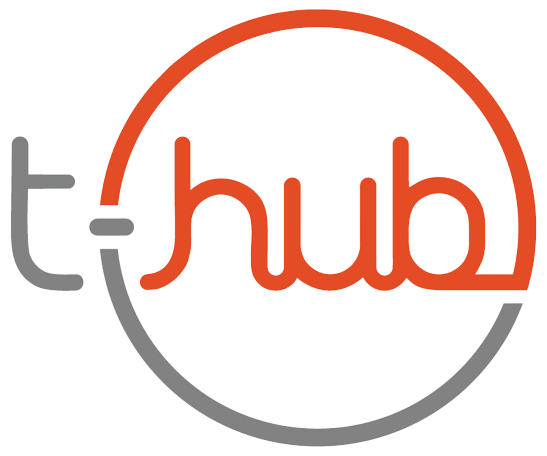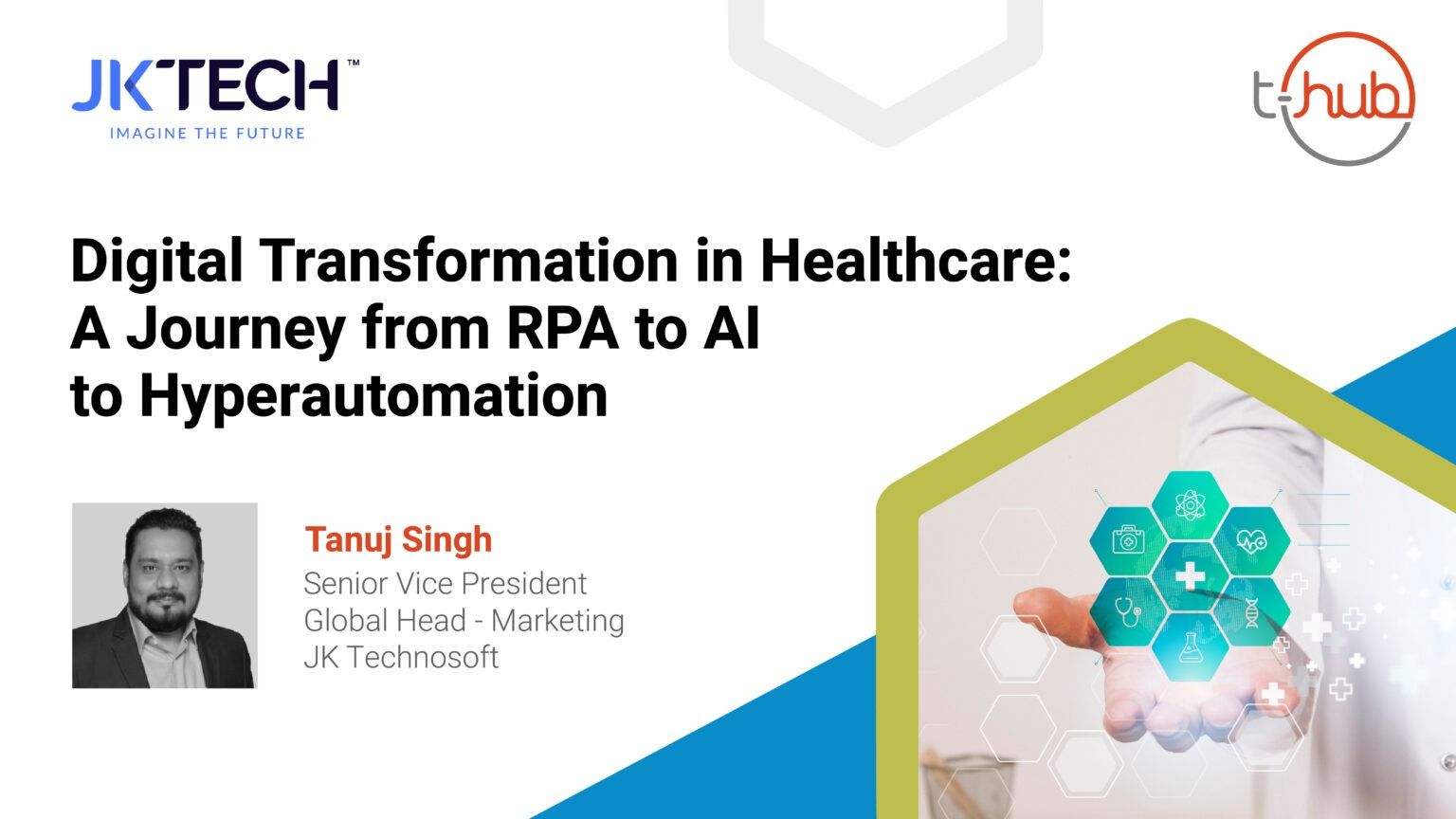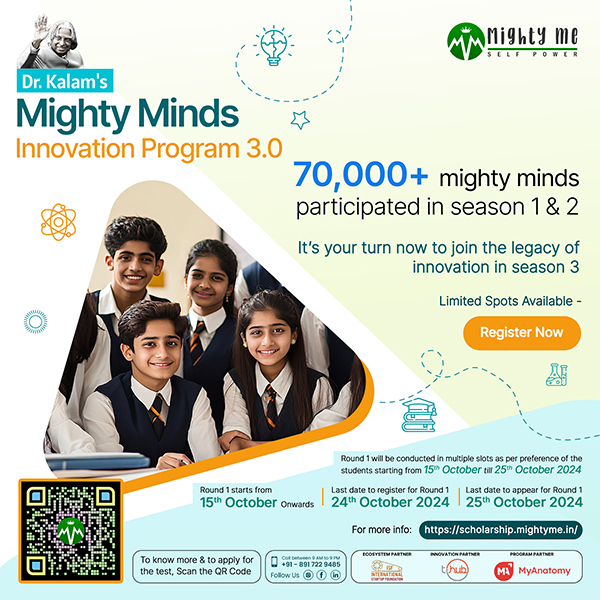Almost every aspect of the healthcare industry involves heavy paperwork and complicated administration. Each step in the healthcare industry requires collecting data and paperwork, whether it is registering a new patient, obtaining an emergency admission, documenting patient history, or filing an insurance claim.
It is often time-consuming and prone to human error for healthcare professionals to manage all of these complexities and extensive services manually. Consequently, work efficiency and performance are reduced.
It is often time-consuming and prone to human error for healthcare professionals to manage all of these complexities and extensive services manually. Consequently, work efficiency and performance are reduced.
Customer demands and labor requirements have increased in the healthcare industry since the pandemic. The role of human experts in healthcare is crucial, but healthcare professionals must also embrace end-to-end automation. Using Hyperautomation technology, healthcare providers can increase operational speed and enhance digital transformation by unifying a variety of technologies, tools, platforms, and processes.
Healthcare ecosystems can benefit significantly from hyperautomation by providing quality and affordable patient care.
A Brief Understanding of RPA, AI, and Hyperautomation
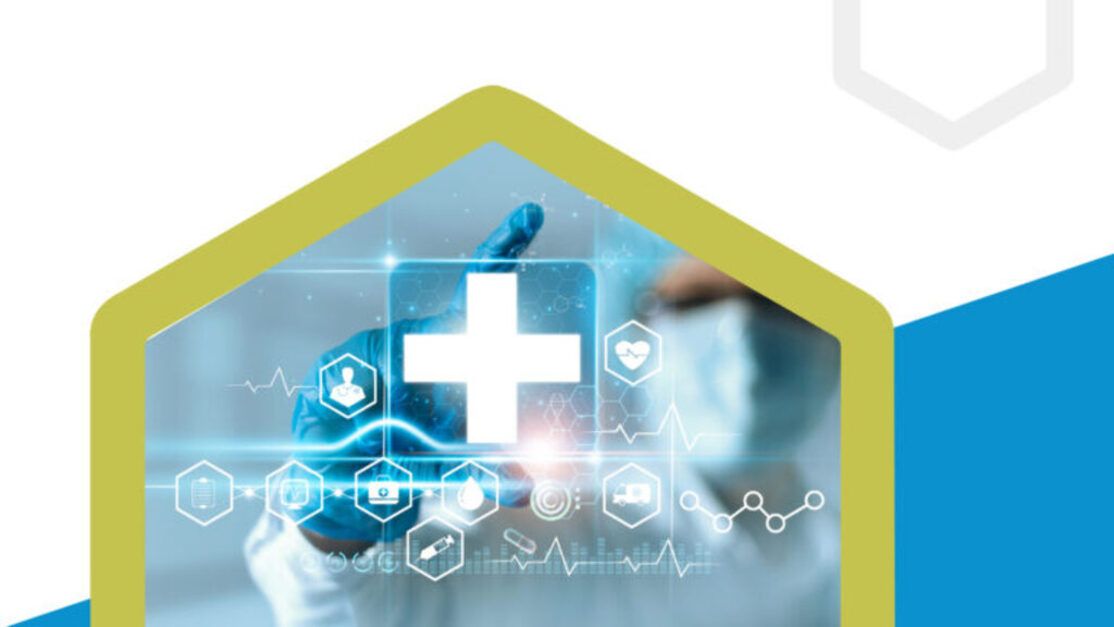
What is RPA?
Robotic Process Automation or RPA refers to the use of specifically designed software ‘robots’ in order to standardize and automate recurring business operations. However, RPA has a direct line of performance without any variations or improvisation. RPA works more like a virtual assistant to offload repetitive manual tasks without making employees redundant.
What is AI?
Artificial Intelligence or AI is a digital stimulation of human intelligence performed by complex computer systems or ‘machines’. AI includes complex processes like learning, reasoning, and self-correction. While RPA is considered as automation working in conjunction with people, artificial intelligence emerges as a form of technology to replace manual labor and bring in end-to-end automation. With unstructured inputs, AI has the capability to derive and develop a completely different logic on its own. Common AI operations and applications include machine vision, image recognition, chatbots, speech recognition, sentiment analysis, and natural language processing.
What is Hyperautomation?
The concept of hyperautomation refers to the automation of business tasks and processes that are usually carried out by humans, using technologies such as artificial intelligence, machine learning, and robotic process automation (RPA). Essentially, it involves automating every process (within reason) to achieve streamlined operations in your business.
The Journey from Automation to Hyperautomation
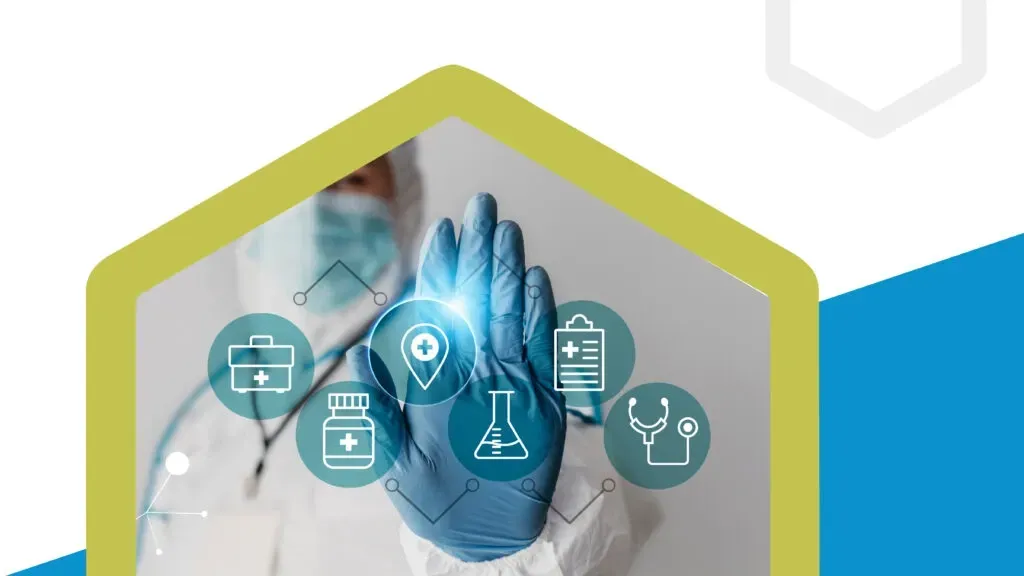
Hyperautomation initiatives focus on curating a unified approach to a holistic automation structure depending on various aspects across multiple departments. Hyperautomation uses multiple automation tools to achieve a custom streamlined automation process to fulfill the needs of different functions.
In a large-scale endeavor like healthcare, hyperautomation demands structured planning
and deliberation along with the potential to enervate the ROI across the organization.
A nuanced hyperautomation strategy involves the following steps :
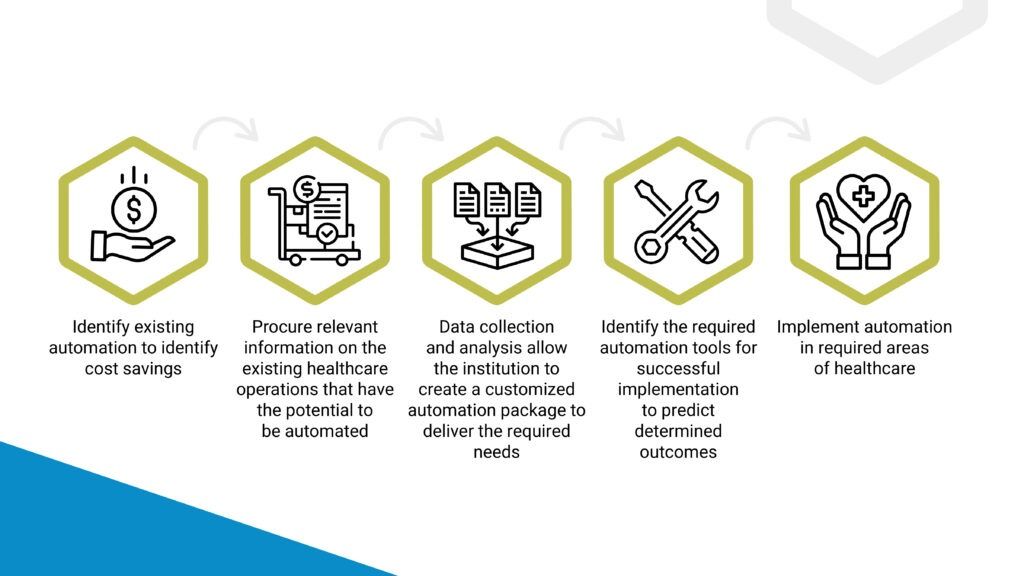
Step 1: Identify existing automation to identify cost savings. Hyperautomation can be used throughout the company to extend workflows using RPA or other technologies.
Step 2: Procure relevant information on the existing healthcare operations that have the potential to be automated. For example, patient registration, payments, and automated online assistant chatbots. Potential operations can be improved and be more effective
through automation.
Step 3: Data collection and analysis allow the institution to create a customized automation package to deliver the required needs.
Step 4: Identify the required automation tools for successful implementation to predict determined outcomes. The outcome prediction process involves setting inputs for automation, noticing any handoffs or manual interventions, and predicting the results of those processes, as well as considering bigger questions like efficiency improvement and ROI.
Step 5: Implement automation in required areas of healthcare. In order to achieve consistent benchmarks, AI tools can be used iteratively with human guidance.
Implementing Hyperautomation in Healthcare
image widget
The fundamentals of hyperautomation in healthcare include:
1.Intelligent automation
2.Artificial intelligence (AI)
3.Robotic process automation (RPA)
4.Chatbots
5.Machine learning
6.Advanced analytics
With a carefully structured combination of the aforementioned technologies for an end-to- end automation, hyperautomation can be implemented in the healthcare industry in the following areas.
1 Patient Services
Through the combination of intelligent process automation and conversational AI, hyperautomation handles the basic patient service tasks like patient registration, patient experience, and increasing employee productivity. Hyperautomated systems provide the following services in patient handling:
1)Interact and record patient history through multiple active channels
2)Provide self-service to patients by enabling them to schedule their own appointments with suitable doctors at specific time frames.
3)Collect relevant data and information from patient care to be analyzed for better service.
4)Send reminders, allow rescheduling, and cancellation of appointments, and provides human assistance if and when required.
2 Research and Development
Hyperautomation allows technologies like AI models, analytics, and digital twins to accelerate certain pharmaceutical research areas like :
1)Drug Discovery – With the help of deep learning algorithms and machine learning analytics, certain companies can leverage hyperautomation to discover unique drug formulas for specific diseases.
2)Drug Testing – Hyperautomation aids in curating digital representations of human organs, genomes, cells, etc for testing new drugs and treatments.
3)Lab Diagnosis – Hyperautomation leverages various automation tools to enhance patient testing machines like x-rays, MRIs, Scans, etc for accurate lab diagnosis.
3 Health Insurance
Leveraging deep learning models and efficient AI / NLP methods, hyperautomation helps the health insurance claims by minimizing manual work and errors during preauthorization and processing claims, improving healthcare service by ensuring shorter claim cycles for patients, and efficiently detecting and preventing healthcare frauds.
4 Regulatory Compliance
The Healthcare industry, health insurance sectors, pharmaceutical companies, and other healthcare entities are entitled to comply with certain rules and regulations like HIPAA in the US. However, failure to comply with such regulations can lead to a fine of a hefty amount along with complex legal allegations.
Hyperautomation ensures regulatory compliance for the healthcare industry through:
1)AI-powered programs can log in to every single action and ensure accurate documentation for future reference.
2)Hyperautomation leverages various automation elements to predict, identify and prevent healthcare frauds in any form.
3)A more efficient and frequent evaluation of risks and internal controls can be achieved by automating internal audit processes. Benefits of Hyperautomation in Healthcare
Hyperautomation, according to Gartner, refers to the use of advanced technologies, such as artificial intelligence and machine learning, in order to augment humans and automate processes.
A new study predicts most organizations will be able to lower their operational costs by 30% by 2024 through the implementation of hyperautomation along with redesigned operational processes.
As a result, Hyperautomation emphasizes numerous advantages, including:
1.Rearranging appointments and scheduling new ones
2.Auto-populating patient forms based on gaps in data
3.Collecting missing information from insurance companies
4.Identifying patients with voice biometrics.
5.Answering patient FAQs with chatbots
6.Processing standardization
7.Lab Automation
8.Ensure repetitions are handled consistently and efficiently by ensuring workflow allocation.
9.Automate administrative tasks that are otherwise completed by hand to reduce costs.
10.Faster, richer insights for accurate decision-making to increase agility.
